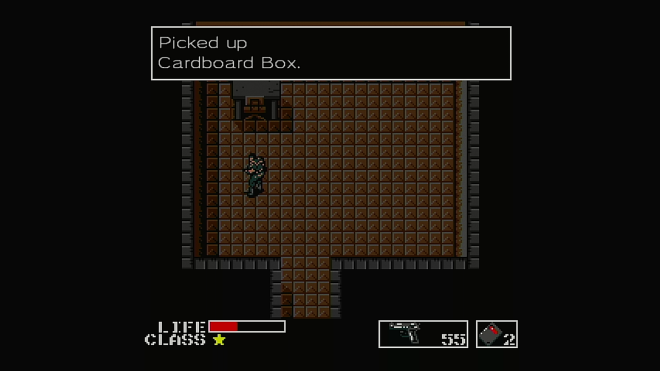I think Asura might be the angriest character I’ve ever played as in a video game. He spends half the game screaming incoherently and the other half punching things in the face. Just when you think Asura can’t possibly get any madder, he always manages to kick it up a notch. Basically, he makes Kratos look like Gandhi. But hey, that’s why it’s called Asura’s Wrath and not Asura’s Chillax.
Developed by CyberConnect2 and published by Capcom, the bizarre story shows us Asura’s unstoppable quest for vengeance on the pantheon of gods that killed his wife and imprisoned his daughter.
![]()
The setting is a doozy: a sci-fi mash-up Hindu and Buddhist mythology that reminded me of an anime-inflected Alejandro Jodorowsky comic (specifically Metabarons). Think gigantic god-shaped spaceships with names like The Karma Fortress, characters sprouting infinite arms and people yelling stuff like “it’s powered by the Mantra energy of 3 trillion souls!”
The story goes through a loop of some smirking asshole god pronouncing that they have infinite power and you are but a gnat to them. Then you murder all their underlings, break all their stuff and smash them in the snotbox until they’re muttering “this… this is impossible… how could he.. be so powerful?”
Rinse and repeat up until you’re not just killing gods, but killing the smuggest asshole of them all: capital G God. (Asura also spends a surprising amount of time doing this with no arms at all, though this definitely doesn’t render him armless. ….I’ll get me coat).
To get an idea of the scale of how this goes down, a boss grows to approximately the size of planet Earth and tries to smush you with a humungous finger. The atmosphere burns, continents shatter, reality is rent in twain. This is the first boss.
![]()
So, with all that craziness, why has Asura’s Wrath been forgotten? Probably because it’s a grand narrative experiment that ultimately proved a critical and financial failure.
The gimmick is that this is videogame as episodic TV show. The game is divvied up into episodes, each with credits, recaps, previews and even a faux-ad break. Within those, the action is split between third-person God of War-style combat, incredibly easy rail-shooter sequences and QTEs. Lots and lots (and lots) of QTEs.
The QTE heavy design deservedly picked up a lot of criticism at launch, as in Asura’s Wrath you watch more than play. Even worse, most of the time completing the QTEs is irrelevant to what’s actually happening and failing them has no consequences other than your end-of-episode grade. The arena fighting fares a little better, but having just come off Platinum’s amazing Astral Chain I missed their finesse.
![]()
Perhaps Asura’s Wrath would have done better if it’d come out in the wake of Telltale’s The Walking Dead. That game, released just a year later, is similarly on rails and full of QTES but much more engaging due to a branching choice-based story. In that, you feel like your buttons presses have consequences. Here you feel like they’re simply giving your fingers something to do.
Capcom was also quite rightly pilloried for releasing the ending of the game as paid DLC. If I’d have bought this at full price I’d be pretty damn cheesed to have to fork out another £10 or so just to see how to the story wrapped up. As of April 2020 this DLC is still available and didn’t feel like so much of a rip-off after I’d paid just £5 for the base game. Even so, it’s a scummy way of doing business.
![]()
My only real beef with the game came when I’d completed Episode 18 and a popup told me that to see the ‘True’ Episode 18 I’d need to S-rank 5 levels. At that point I had no S-Ranks, and replaying levels to get them was a repetitive pain in the arse. Worse, when I finally did unlock it, it amounted to a two-minute, non-interactive scene that I really should have just watched on YouTube.
But though it’s an evolutionary dead-end in terms of game design, Asura’s Wrath is definitely barmy enough to recommend. There’s nothing else quite like it out there and while I won’t be playing it again in a hurry, its planet-smashing, god-punching, manically screaming nuttiness is going to linger long in the memory.
